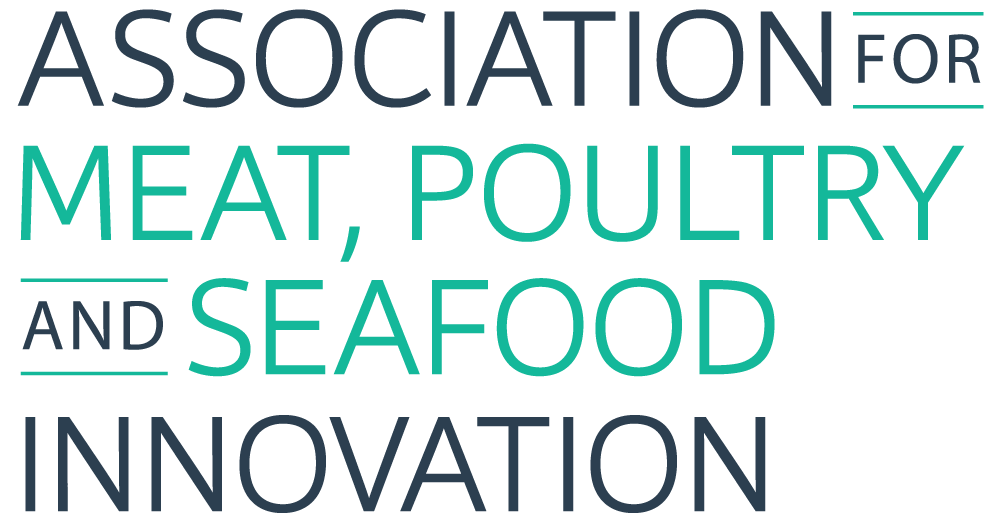How do you make cultivated meat?
Cultivated meat is made in food production facilities (not labs). These facilities use bioreactors that resemble the ones used for making beer or cheese.
Learn more here: Fact Sheet: Process Overview
Is cultivated meat regulated like other meat?
Cultivated meat is highly regulated to ensure consumer safety. Federal agencies like the USDA and FDA oversee production and labeling, the same as conventionally produced meat. Consumers can trust that these products meet stringent food safety standards.
Is cultivated meat really meat?
Cultivated meat is made from cells genetically the same as meat. It’s grown directly from animal cells to produce tissue that is in fact animal tissue made up of animal fats and proteins, offering a very similar taste and texture, and can play the same role in the diet, nutritionally, without requiring animal rearing.
What are the current regulations for labeling?
Federal labeling requirements ensure cultivated meat products are accurately labeled, just like they do for conventional meat, as well as other meat alternatives. Consumers can make informed choices based on clear, science-backed labeling standards.
The USDA has provided the guidance for and approves all labels, and for American products the current labels use the term “cell-cultivated” or “cell-cultured” on all packages. In fact, the first approved products not only said “cell-cultivated chicken” but also said “made from animal cells” after it. These indicators make it clear and transparent to consumers what they are buying.
Does cellular agriculture compete with or support traditional agriculture?
Cultivated meat is an option for consumers that complements and supports traditional agriculture. Cultivated meat is not intended to replace any other form of agriculture. Cultivated meat enables a more resilient and responsive agricultural system that can better address the steady increase in global demand for protein, withstand natural disasters and other supply chain interruptions. This is a type of agriculture—cellular agriculture— and meat, coffee, chocolate, paper, leather and many other products can be made with the same technology. It is regulated by federal agencies that oversee food and other agriculture, namely the FDA and USDA.
Cultivated meat also spends a considerable amount of money on agricultural products grown in states, as well as other equipment, products and services. Banning these effectively eliminates not only sales tax revenue, but also a large customer base for state products and new jobs that could come into the state to support the sale, distribution, and manufacture of these products, if allowed.
Is cultivated meat safe?
Cultivated meat undergoes rigorous safety evaluations and is held to the same and higher safety standards as other types of meat you are already familiar with. Cultivated meat production facilities are inspected by USDA like all other meat products.
What rights are being limited by bans on cultivated meat?
Bans on cultivated meat limit individuals’ rights to choose what they do or do not wish to eat, and limit citizen opportunities to fully participate in the economy. By preventing the production, sale, distribution, research, promotion (and sometimes even the possession of these products), areas with bans will have reduced access to job opportunities, food sources, and individuals might even violate the law simply by carrying leftovers home from dinner.
These measures may also hinder educational and research advancements which effectively deny students and scientists the chance to study these emerging fields, and force those trained in these fields to seek employment and economic involvement in other regions without bans. Overall, bans set a concerning precedent that would allow some states to restrict products made in other states, which threatens the American free market and suggests that independent American businesses are not able to freely trade across all 50 US states.
